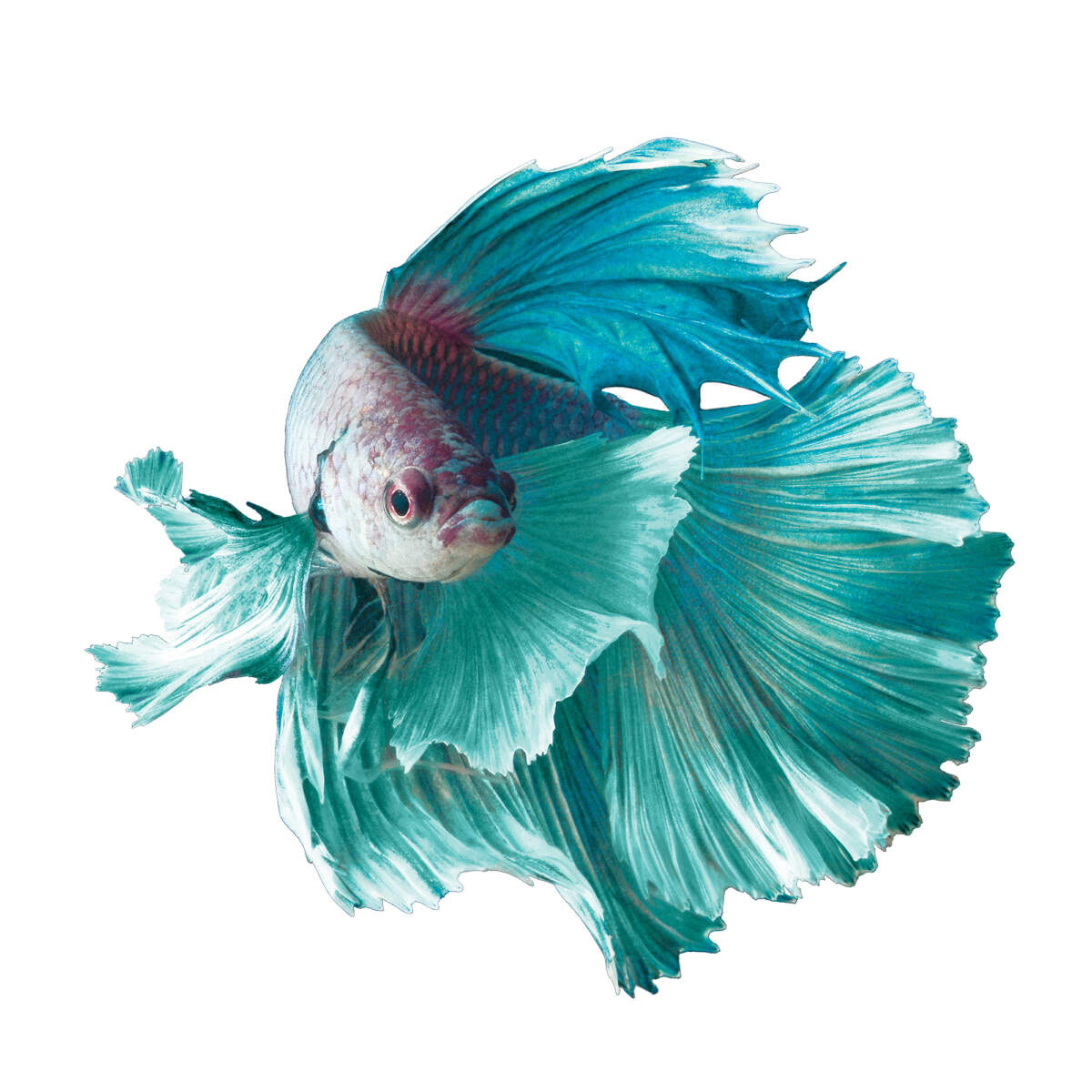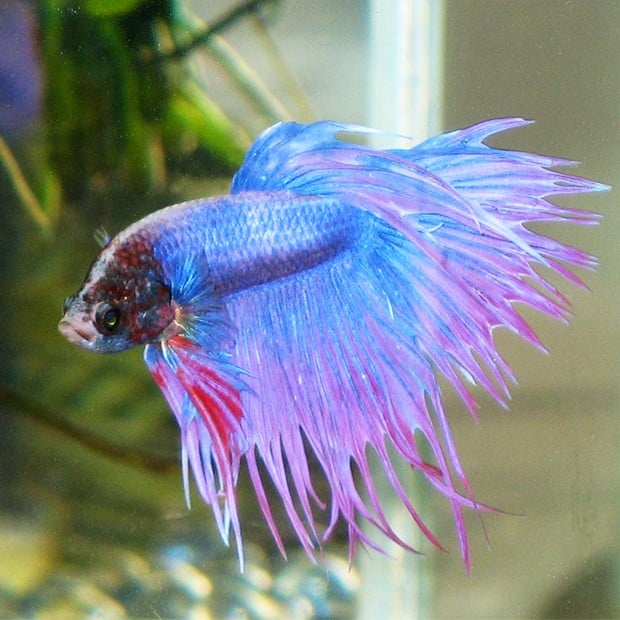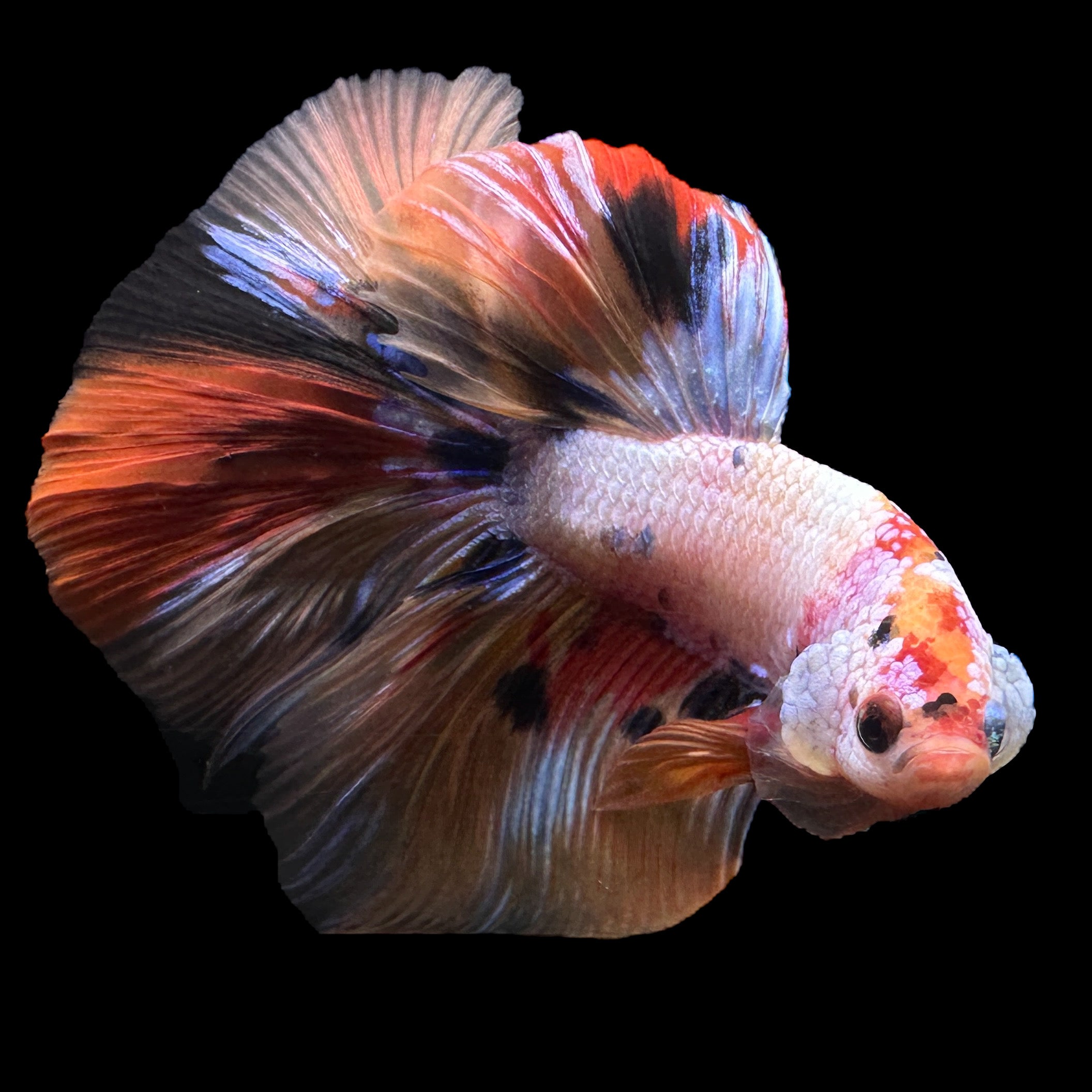Reproducing Betta Fish: a Comprehensive Step-By-Step Guide to Efficiently Raising Child Bettas From Eggs to Adulthood
Breeding Betta fish is a careful endeavor that needs mindful planning and implementation to guarantee the successful development of fry from eggs to develop fish. Choosing genetically diverse breeding pairs with preferable features is just the beginning; creating an optimum atmosphere and understanding the ins and outs of the reproducing process are just as vital. As the male Betta carefully constructs a bubble nest and guards the precious eggs, the subsequent phases of treatment and change need focus to information and expertise of finest methods. Exactly how does one navigate the difficult yet rewarding path of supporting these lively creatures to their adult years?

Selecting Reproduction Pairs
When beginning on the journey of breeding Betta fish, choosing the right reproduction pairs is vital to attaining desirable qualities and a healthy and balanced lineage - betta fish. The initial step in this process is to determine the specific qualities you wish to enhance or maintain, such as shade, fin type, and body shape. It is necessary to choose genetically varied sets to avoid inbreeding, which can lead to health and wellness problems and undesirable features
Assess prospective breeding prospects very carefully. A healthy and balanced male Betta ought to display dynamic colors, an active attitude, and well-formed fins, while the woman ought to likewise present dynamic pigmentation and a rounded stomach, showing preparedness for spawning. Observing the character of both fish is vital, as aggressive or extremely reluctant people might not reproduce successfully.
Documentation of lineage is similarly crucial. Keeping records of the parent fish's ancestry can aid you track hereditary characteristics and possible problems. Additionally, speak with trusted breeders or on-line resources for support on selecting suitable sets. Ultimately, spending time in the choice procedure will significantly enhance the probability of generating strong, vibrant offspring that meet your breeding goals (betta fish).

Preparing the Reproduction Storage Tank
Creating an optimum reproduction atmosphere is a key action after choosing suitable sets for Betta fish. The reproduction container should be especially made to supply comfort and boost the natural reproduction actions of the fish. Start with a container size of at least 10 gallons to make certain sufficient room for both the male and women Bettas.
Preserve a mild filtering system to maintain the water clean while staying clear of strong currents that can emphasize the fish. Additionally, an air rock can be added to supply oxygenation without disrupting the water surface area way too much.
Temperature level policy is important; aim for a steady array of 78-82 ° F(25-28 ° C) using a trusted heating unit. The pH degree should be preserved in between 6.5 and 7.5, and normal water modifications are necessary to make sure high water quality.
Incorporate floating plants or spawning sponges to develop hiding areas for the woman, while additionally encouraging bubble nest building by the man - betta fish. Ultimately, guarantee the storage tank is without sharp decors and any prospective dangers, as the well-being of the fish need to constantly be prioritized during this vital stage of reproduction.
The Breeding Refine
Typically, the breeding process for Betta fish involves a collection of distinctive and evident habits that suggest preparedness for recreation. The male Betta starts by constructing a bubble nest at the water's surface area, which works as a site for the fertilized eggs. This nest is crucial, as it supplies a secure environment for the eggs till they hatch.
When the nest is developed, the male will certainly display courtship actions, such as flaring his fins and exhibiting lively shades to draw in the female. The lady, upon sensing the man's readiness, will respond by showing vertical red stripes along her body, signaling her receptiveness.
When the women methods, the male takes part in a breeding dance, typically leading to an embrace called the "spawning." During this accept, the woman releases her eggs, which the male feeds quickly. The fertilized eggs after that are up to the bubble nest, where the male carefully gathers and returns them to the nest. Following this, the male thinks obligation for safeguarding the nest and ensuring the security of the eggs up until they hatch, usually within 24-36 hours. This phase is essential in the breeding process, laying the foundation for effective fry growth.
Caring for Betta Fry
Caring for Betta fry calls for mindful attention to their click to investigate setting and nourishment to make sure healthy development and advancement. After hatching out, Betta fry are incredibly small and at risk, necessitating a secure and clean you could look here environment. Keeping a water temperature level between 78 ° F and 80 ° F is important, as Betta fry prosper in cozy conditions. Furthermore, make sure that the water is totally free of harmful toxic substances; normal water modifications of 10-20% are advised to maintain optimum water high quality.
Feeding Betta fry is similarly essential. They must be offered infusoria or carefully crushed high-grade fry food, as their mouths are also tiny to manage bigger fragments. As they expand, you can progressively present bigger foods, such as infant salt water shrimp or powdered flakes, to ensure they get ample nutrition. Feed them tiny amounts numerous times a day, being mindful not to overfeed, which can cause water quality concerns.
Transitioning to Grownup Bettas
As Betta fry mature, transitioning them to grown-up Bettas is an essential phase that requires mindful administration of their setting and social interactions. This procedure commonly begins when the fry reach around 6 weeks old, whereupon they can be progressively introduced to an extra organized living setting.
To facilitate this change, it is necessary to guarantee that the water specifications-- such as Visit Website temperature level, pH, and ammonia levels-- are optimum and steady. Adult Betta fish thrive in warm water (around 78-80 ° F) with a pH of 6.5 to 7.5. Gradually adapt the fry to these problems to minimize tension.
Social interactions are an additional vital element; male Bettas are notoriously territorial and hostile. It is advisable to different men right into private storage tanks as they grow. Women Bettas can be housed with each other, yet care needs to be taken to keep an eye on for indicators of hostility.
Furthermore, dietary changes need to be made as the fry grow. Incorporate high-grade pellets and live foods to support their development and health. By managing these aspects effectively, you can promote an effective transition to the adult years for your Betta fish.

Final Thought
Successful breeding of Betta fish calls for mindful attention to information throughout the whole procedure, from selecting genetically diverse sets to giving optimum care for fry. In addition, a balanced diet regimen and steady adaptation to grown-up atmospheres are essential for the development and growth of Betta fish.